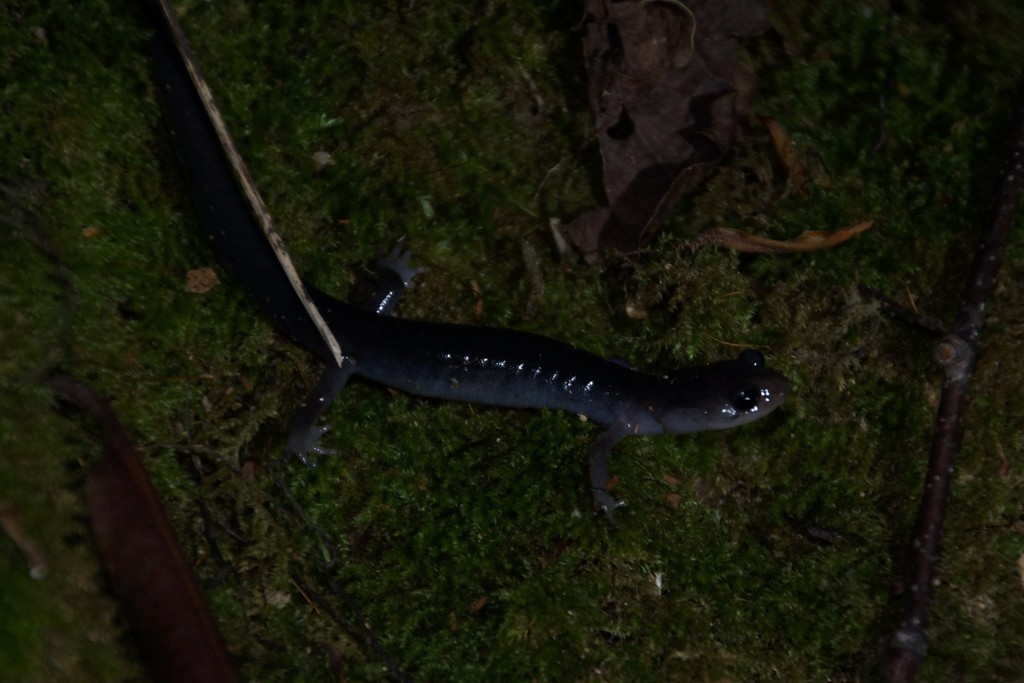Northern gray-cheeked salamander
A species of Woodland salamanders Scientific name : Plethodon montanus Genus : Woodland salamanders
Northern gray-cheeked salamander, A species of Woodland salamanders
Scientific name: Plethodon montanus
Genus: Woodland salamanders
Content
Description General Info
Description
The northern gray-cheeked salamander (Plethodon montanus) is a species of salamander in the family Plethodontidae endemic to the eastern United States. Its natural habitat is temperate forests. It is threatened by habitat loss.
General Info
Lifespan
6-10 years
Diet
Northern gray-cheeked salamander chiefly thrives on small invertebrates, showing a specific preference for arthropods like insects and spiders. The rich, moist forest ecosystems they inhabit provide an abundant variety of these prey species to sustain their diet.
Appearance
Northern gray-cheeked salamander is a small, slender salamander with smooth, moist skin. Its coloration is primarily brown to reddish-brown, often marked with irregularly-shaped darker patches. Females typically exhibit brighter coloration than males. A distinguishing feature of northern gray-cheeked salamander is its tail, which is proportionally longer than other comparable species. Northern gray-cheeked salamander does not undergo significant morphological changes throughout its lifespan.
Behavior
Northern gray-cheeked salamander is nocturnal, spending its days hidden under leaf litter or logs and emerging at night to forage for invertebrates. This solitary species is territorial, often returning to the same site after foraging expeditions. Unlike most salamanders, northern gray-cheeked salamander lacks lungs and breathes through its skin, necessitating moist environments for survival.
Population
Stable
Scientific Classification
Phylum
Chordates Class
Amphibians Order
Salamanders Family
Lungless salamanders Genus
Woodland salamanders Species
Northern gray-cheeked salamander 